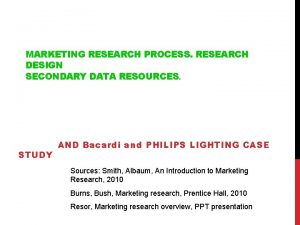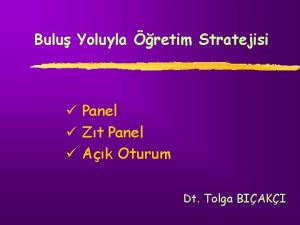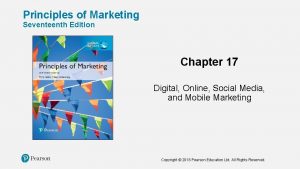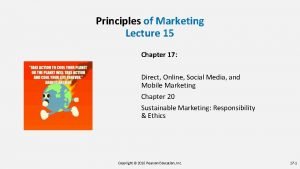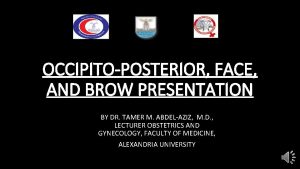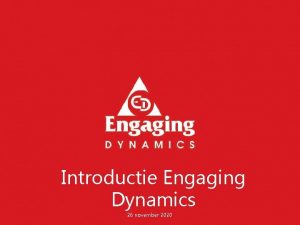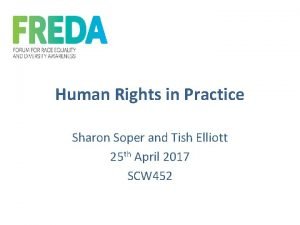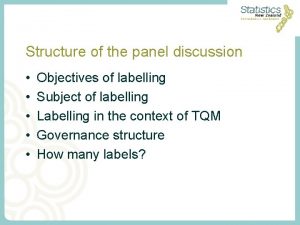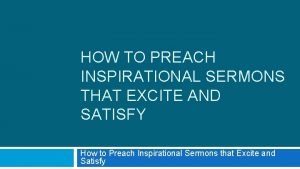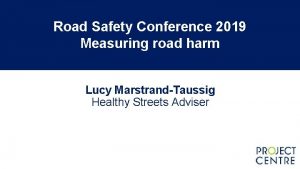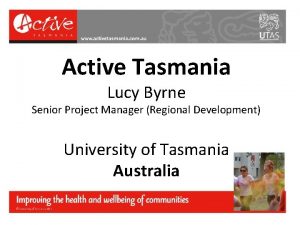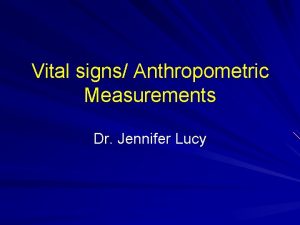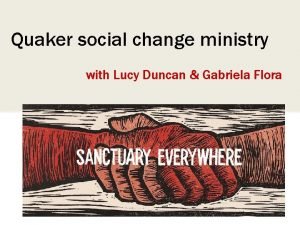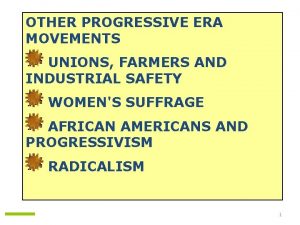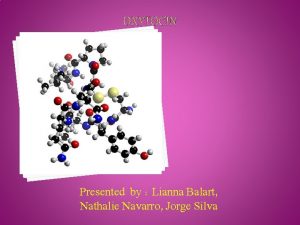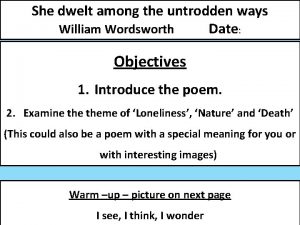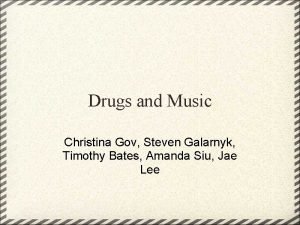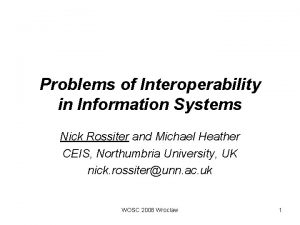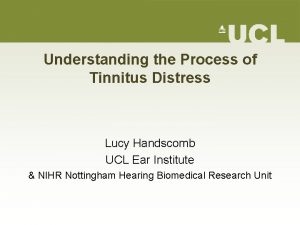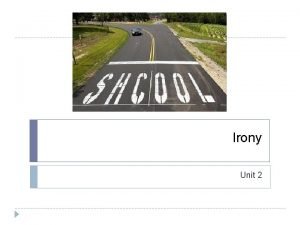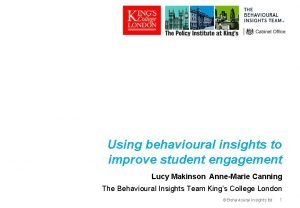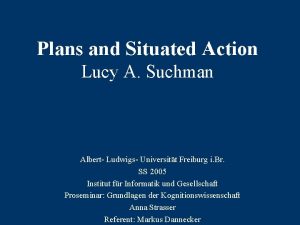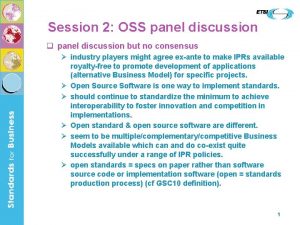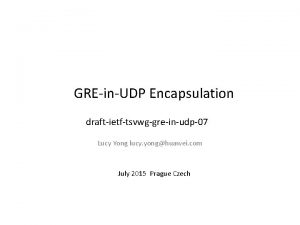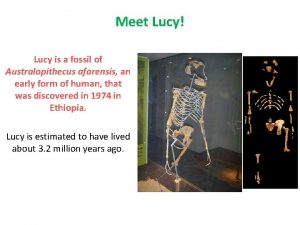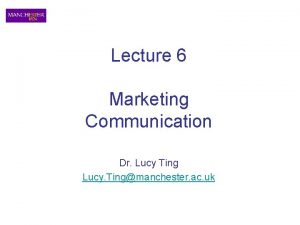Panel discussion on inspirational innovative engaging statistics Lucy
























































- Slides: 56

Panel discussion on inspirational, innovative, engaging statistics! Lucy Edmonds (chair) (Green Bay High School) Sarah Howell (Te Aho o Te Kura Pounamu) Liz Sneddon (Mc. Cauley High School) Michael Shadbolt (Otumoetai College)

Inspirational, innovative, engaging statistics! SARAH HOWELL (KAIHAUTŪ MĀTAURANGA – PĀNGARAU)

Citizinship and Statistics “Statistical thinking will one day be as necessary for efficient citizenship as the ability to read and write” H. G. Wells

Context and citizenship What if, in addition to engaging students, our choice of context could do even more? What if we could choose contexts where. . • Participating and contributing were a given? • Where students looked at their place in society? • Where students were given opportunity to make sense for themselves about their world? • Where students felt empowered that their actions, choices and attitudes made a difference? • Where students could influence others? • Where students were inspired to create solutions to problems?

Easy to say, not easy to do! What didn’t work for us: WHO – country, GDP, births, deaths, life expectancy etc WHO – Alcohol and health data by country Education Counts data – roll size, decile, SI/NI, ethniticy etc

Why it didn’t work Context wasn’t accessible - the variables were too complex Data wasn’t ‘nice’ – couldn’t fit a line of best fit to it easily for Bivariate Context wasn’t necessarily of interest to students We did these as assessments Missed opportunity by using these contexts as assessments instead of as teaching resources: • Discussion and debate • Challenging misconceptions, stereotypes • Supporting and building on the context

What has worked Vehicle and road safety datasets and resources from NZ Transport Agency Education Portal Promote positive road safety messages

What the students did Posed a question about a dataset from the ‘NZ vehicle and road safety study’ Analysed total stopping distance, braking distance, reaction distance for different speeds (40 and 50 km/h) and road conditions (wet and dry). Made meaning for themselves about vehicle and road safety.

Conclusion ◦ What pieces of evidence support the conclusion? ◦ How reasonable do you think your findings are, based on your knowledge of stopping distances? ◦ What would happen if you repeated this sampling process? ◦ Explain why your friends who are learning to drive might be interested in these results. ◦ Explain why other drivers might be interested in these results. ◦ Which organisations or other groups of people might be interested in these results, and why? ◦ What other questions has this investigation generated?

Intended outcomes Wider social outcomes of this unit include their future participation as responsible road-users who will actively contribute to their own safety and the safety of others when driving. ◦ Students developed their own meaning about vehicle stopping distances at different speeds and for different road conditions ◦ Students linked their findings to the 2 -second and 4 -second rules ◦ Students found out just how much of a difference 10 km/h makes to stopping distances ◦ Students identify factors affecting stopping distances ◦ Students pooled their separate analyses to discuss the collective meaning of what they have found

Unanticipated outcomes ◦ Students linked their findings to their world in ways that we didn’t anticipate: ◦ discussing the lowering of the speed limit specific to their home suburb of Miramar ◦ discussing the effect modified cars with lowered suspension had on braking distances

Why did this context work? Relevant to students Accessible context Engaging context Citizenship Participating and contributing Help them make sense for themselves about their world Empower and inspire them to make decisions and create change using knowledge Potential for cross-curricular themes Whanaungatanga – Build relationships by showing students that you care about what happens to them outside of the classroom

Citizenship and Statistics What other contexts have you tried that promote participating and contributing and citizenship? What’s worked? What hasn’t? sarah. howell@tekura. school. nz @sarah_statsako education. nzta. govt. nz/resources/secondary/mathematics#

Inspirational, innovative, engaging statistics Personalising learning and tracking students progress Liz Sneddon

Personalising learning • Students learn at their own pace – Achieved, Merit, or Excellence level • A variety of mediums used – Google Docs – Write on workbooks – Activities • Multiple delivery methods – Whole class (rare) – Group learning – One-on-one (most common)

Personalising learning • Practice Assessment – Feedback and Feed forward – Essential to helping students understand specific requirements for the assessment. • Constraints: – Assessment due dates – Tracking students progress

Constraints - Assessment • Authenticity and Validity of Assessment. – Students sit the assessment at the same time. • BUT, students have not all completed all the learning through to Excellence level – I needed to ensure that all students are at least at the Achieved level. • Therefore, they all start the practice assessment at the same time.

Teaching Plan for Time Series Week 2015 Monday 13 STA Term 1 1 February 1 2 8 3 15 4 22 5 29 6 March 7 7 14 8 21 Learning Time Series Practice Assessment Time Series Assessment

Tracking students progress Two choices: • The teacher does the tracking • The students do the tracking

Teacher Tracking Trials • Year 12 and 13 – Verify completion of each skill, or – Weekly meetings with each student, – Reviewing their workbook, and – Questioning on key ideas • Another option: – Exit quizzes or collect in a Do Now each week

Student Tracking Trials • Year 11 – Used Google Sheets, set up sharing permission, allowed students to only access cells allocated to them

Setting up a Google Sheet


Tracking during topic

End of topic tracking

What I think is key to making this work • A very good relationship between the teacher and the student. • High Trust model.

Next step: • Google Sheet worked well, • Students filling in themselves, • I will probably start the year having weekly (or daily) meetings with each student to monitor progress, as they learn about the classroom and start to build a learning relationship with me their teacher

Inspirational, innovative, engaging statistics! Michael Shadbolt, Otumoetai College

Using emotions to make learning memorable “Although forgetting is the common fate of most of our experiences, much evidence indicates that emotional arousal enhances the storage of memories, thus serving to create, selectively, lasting memories of our more important experiences. ” "Making lasting memories: Remembering the significant", James L. Mc. Gaugh

“It is said that, before writing was available to keep records of important events, such as a wedding or granting of land, a child was selected to observe an event and then thrown into a river so that the child would subsequently have a lifelong memory of the event. ” "Making lasting memories: Remembering the significant", James L. Mc. Gaugh


Modern Learning Environment?

Joy (in Sugar form)




Humour


Your first ever survey?

“Inappropriate” Humour

750 g

Amazement

Dorothy Gray Cold Cream Clip 1950 s


Discomfort


Honesty Box Experiment An experiment was carried out in a staff common room at Newcastle University in England. There was an ‘honesty box’ system in place to pay for tea/coffee use. Each week, an A 5 poster was put above the box. One week it has a picture of flowers, the other it has a picture of a pair of eyes.

Concern

Results from wearing a heart-rate monitor overnight. X-axis is time (seconds) after going to bed. Y-axis is heart rate in beats per minute. Describe the overall trend. What would happen to Tim (the person monitored) if he kept sleeping? Make an approximate forecast for Tim’s heart-rate after 24 hrs asleep.

Relative Risk of Developing Breast Cancer (Utts, Seeing Through Statistics, p 224) First Child at or after age 25 Yes No Total Breast Cancer No Breast Cancer Total 31 65 96 1597 4475 6072 1628 4540 6168

Disgust


Puppy Lives? You Decide! It’s not always obvious which variable is the response and which is the explanatory. Sometimes we need to think about which one makes more sense as an explanatory. Eg: Heart weights of puppies vs body weights of puppies. Do we want to be able to predict a puppy’s body weight by cutting out its heart and weighing it? Or do we want to be able to predict a puppy’s heart weight by weighing the whole puppy? In this case, perhaps it would be better if heart weight was response and body weight was explanatory… I ruff you!

Injustice and Outrage

Sally Clark case

Discussion time!
 Continuous panel vs discontinuous panel
Continuous panel vs discontinuous panel Zıt panel tekniği
Zıt panel tekniği Marketing involve engaging directly with carefully targeted
Marketing involve engaging directly with carefully targeted Marketing involve engaging directly with carefully targeted
Marketing involve engaging directly with carefully targeted Brow presentation
Brow presentation Dynamisch verbinden
Dynamisch verbinden Sharon soper
Sharon soper Group discussion topics in tamil
Group discussion topics in tamil Objectives of labelling
Objectives of labelling A panel discussion is designed to provide an opportunity
A panel discussion is designed to provide an opportunity Fractional distillation discussion
Fractional distillation discussion Inspirational sermons
Inspirational sermons Inspirational approaches to leadership
Inspirational approaches to leadership Genre in madame butterfly
Genre in madame butterfly The solid portion of a comet phrase or clause
The solid portion of a comet phrase or clause First aid quotes
First aid quotes Short story in english
Short story in english Leavers acrostic poem
Leavers acrostic poem Letter to your senior self
Letter to your senior self Introduction of the story
Introduction of the story Graduation letter to friend
Graduation letter to friend Introduction to statistics what is statistics
Introduction to statistics what is statistics Lucy marstrand-taussig
Lucy marstrand-taussig Lucy byrne
Lucy byrne Raised by wolves
Raised by wolves For adult
For adult Lucy crawford
Lucy crawford Lucy loo with my girl
Lucy loo with my girl Lucy duncan
Lucy duncan Digital advice and guidance tools
Digital advice and guidance tools Lucy pepper
Lucy pepper Spite movie
Spite movie Lucy michaud
Lucy michaud Lucy burns
Lucy burns Cyclone lucy
Cyclone lucy Lucy garratt
Lucy garratt Where did lucy bergman go
Where did lucy bergman go Lucy khairy attorney
Lucy khairy attorney Lucy lambert hale
Lucy lambert hale Lucy rodriguez lactating
Lucy rodriguez lactating Lucy manfredi
Lucy manfredi She dwelt among untrodden ways
She dwelt among untrodden ways Timothy galarnyk
Timothy galarnyk Lucy rossiter
Lucy rossiter Lucy quilter
Lucy quilter Lucy langer md compass oncology
Lucy langer md compass oncology For lucy
For lucy Lucy handscomb
Lucy handscomb 69
69 Warm up to irony answer key
Warm up to irony answer key Lucy in the sky
Lucy in the sky Lucy makinson
Lucy makinson Lucy slinger
Lucy slinger Lucy westenra character analysis
Lucy westenra character analysis Paeontolog
Paeontolog Never let me go quotes
Never let me go quotes Lucy listner
Lucy listner
